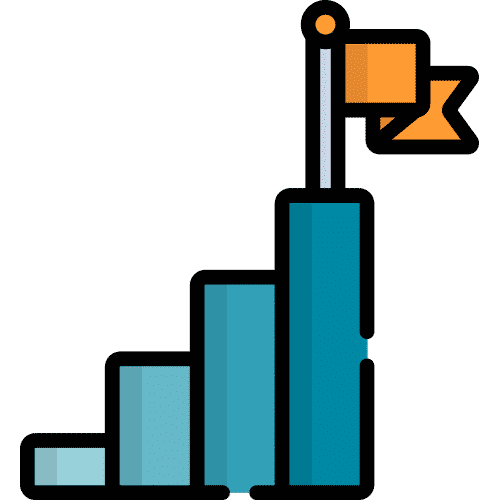The expectations of speech-language pathologists (SLPs) and clinicians today are higher than they’ve ever been before. With new challenges like increased productivity expectations, additional documentation, as well as the ongoing challenges of dealing with therapy caps, authorizations, and scheduling, SLPs often wonder how to add high-tech augmentative and alternative communication (AAC) to their to-do list.
But AAC doesn’t have to be just another “to-do” list item. In fact, AAC can be used to facilitate productivity, outcomes, and client satisfaction. Here are some tried-and-true strategies from seasoned SLPs who use AAC in their practices on a regular basis.




